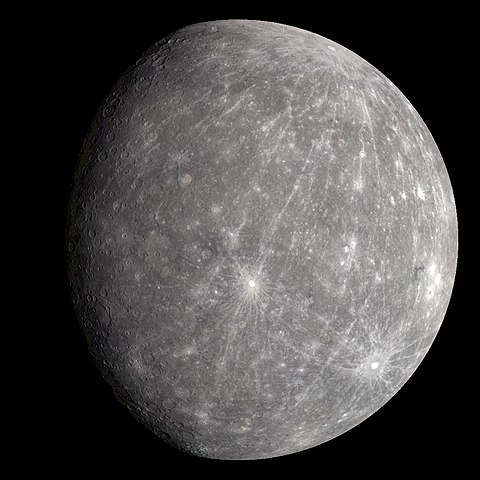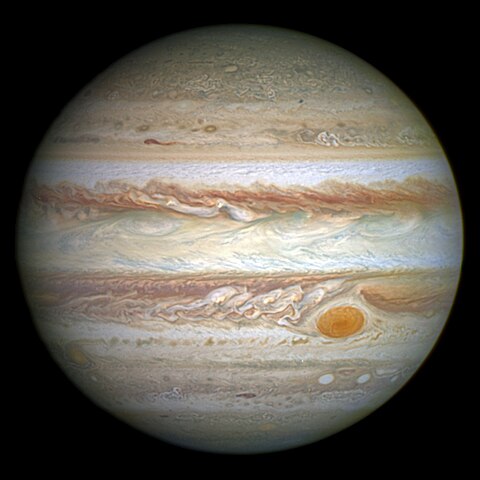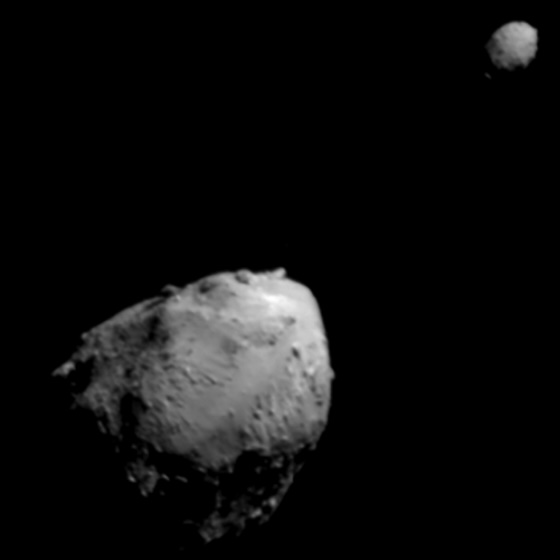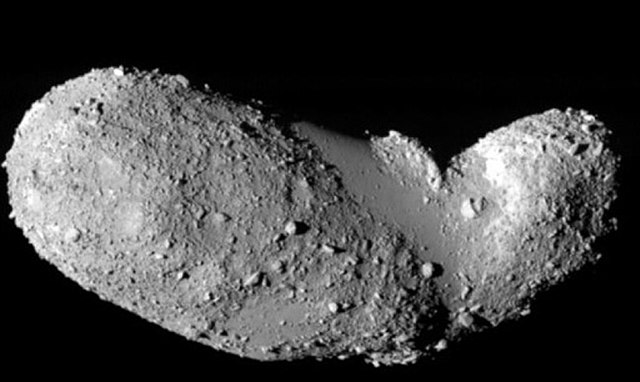1 day / second
0.5 AU
Earth
Planet
A life-bearing terrestrial planet with a significant atmosphere, active geology, and a large moon, distinguished by its vast oceans of liquid water and diverse ecosystems that make it unique in the Solar System.
Key Facts
orbital regime | Inner System |
learn more | Wikipedia |
mass | 5.9722e+24 kg |
radius | 6,371 km |
hill radius | 1,471,529 km |
semi-major axis | 1 AU |
eccentricity | 0.017 |
inclination | 0º |
longitude of the ascending node | -11.261º |
argument of periapsis | 114.208º |
orbital period | 365.249 days |
sidereal rotation period | 23.934 hours |
axial tilt | -23.4º |
surface gravity | 1.001 g |
discovery date | Visible to naked eye since ancient times |
name origins | Name derives from Old English and Germanic 'erde' meaning ground/soil |
material composition | Iron-nickel core, silicate mantle, crust of silicate rocks |
albedo | 0.367 |
density | 5.514 g/cm³ |
Major Moons
Luna (The Moon)
Earth's only natural satellite is a large, tidally-locked moon that formed from debris ejected during a massive collision between Earth and a Mars-sized body early in the Solar System's history.










